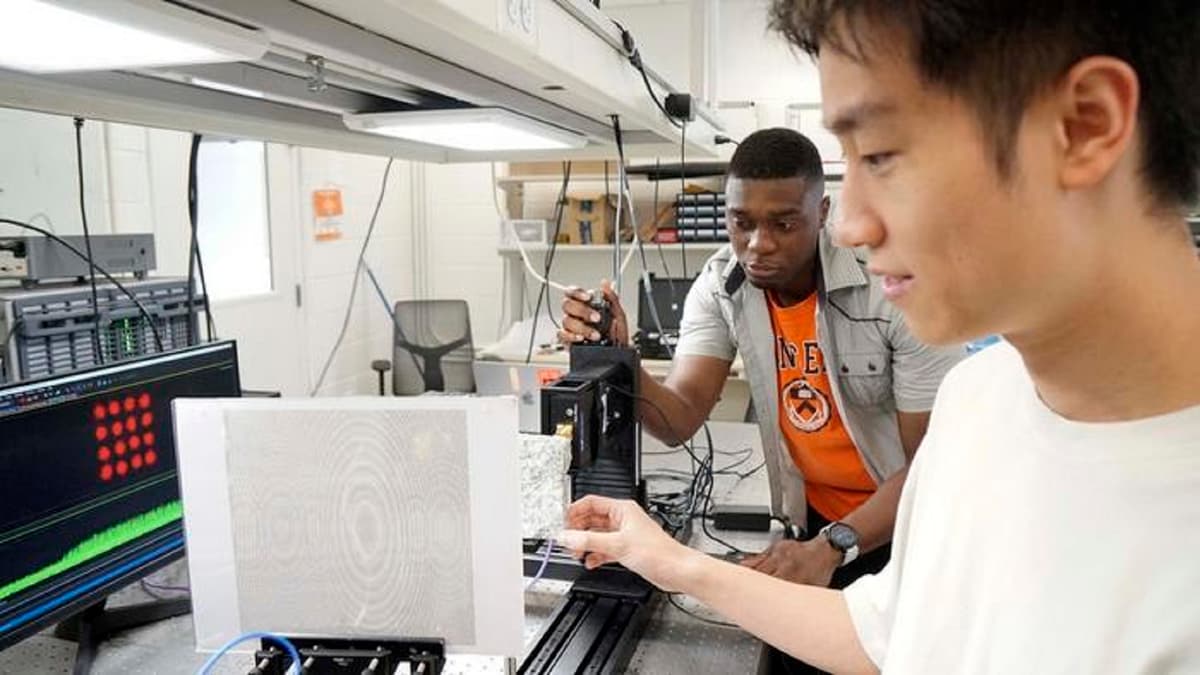The dream of wireless networks fast enough to power fully immersive VR and fleets of autonomous vehicles has always run into one humiliating obstacle: walls. High-frequency signals—especially in the sub-terahertz spectrum—carry enormous bandwidth, but they collapse the moment a chair, a bookcase, or a human body gets in the way.
Princeton engineers just rewrote the rules. Their system doesn’t bounce signals around obstacles with clunky reflectors—it bends the signal itself. Think curveball physics applied to Wi-Fi.
By merging machine learning with “Airy beams”—a bizarre class of light waves that can curve in midair—the team has taught wireless transmissions to navigate around barriers like a self-guided missile. A neural net analyzes the environment in real time, adjusting the beam’s trajectory so data keeps flowing no matter how cluttered the room becomes.
This is the holy grail for indoor wireless. Forget dead zones. Forget dropped calls. Imagine a VR headset streaming uncompressed worlds with zero lag, or self-driving cars syncing with each other inside a parking garage without a single hiccup.
What makes it groundbreaking isn’t just the physics—it’s the adaptability. The AI doesn’t just create Airy beams, it chooses the best curve on the fly, reshaping transmissions in fractions of a second as obstacles appear. In tests, the system performed flawlessly in dynamic environments where today’s wireless would choke.
We’ve entered a new era: wireless signals that don’t just travel—they think.
Related stories worth reading:


